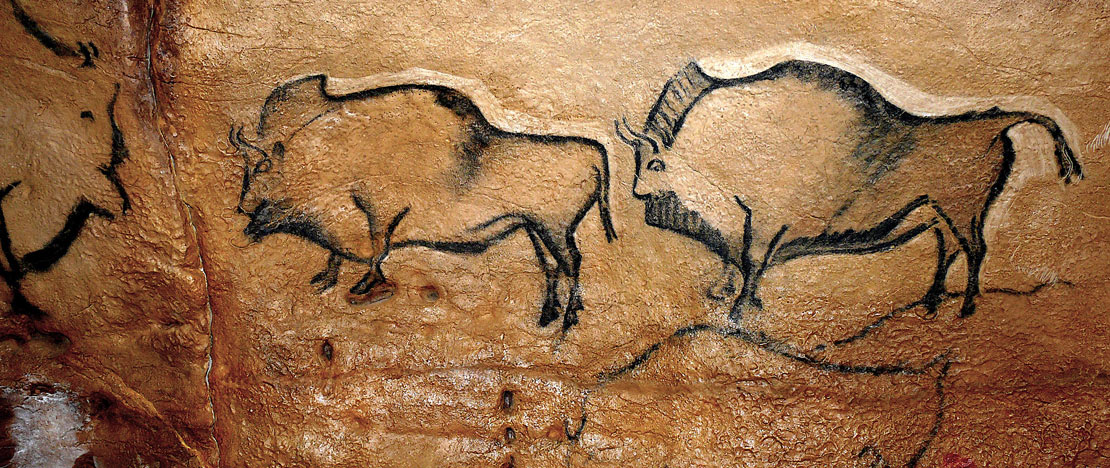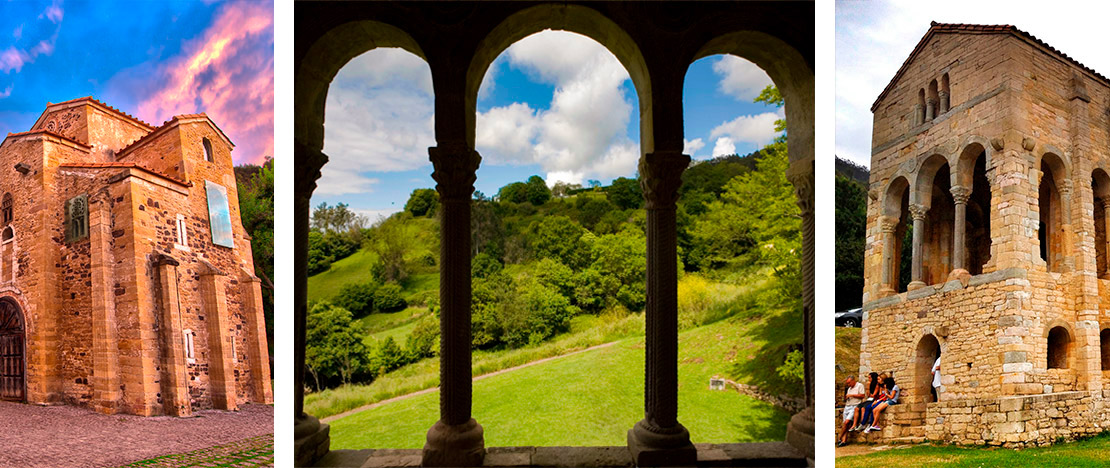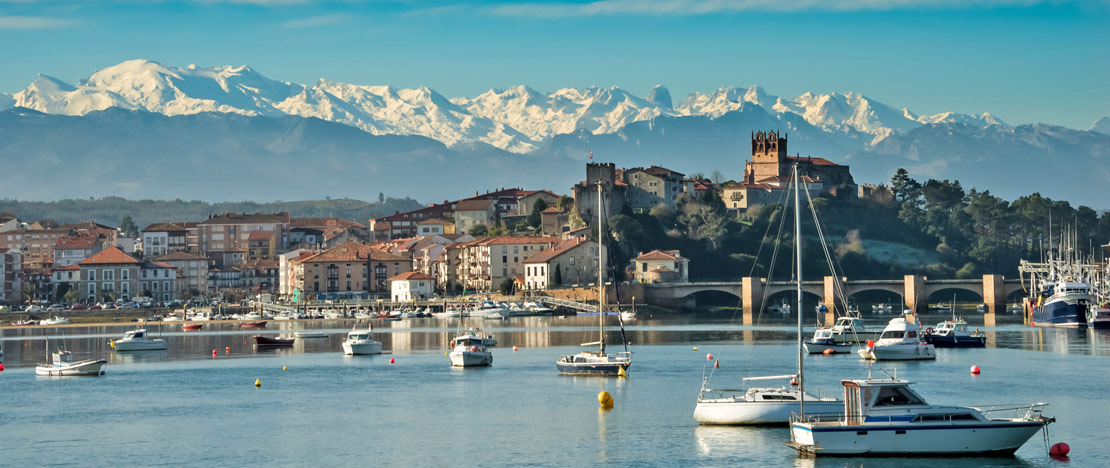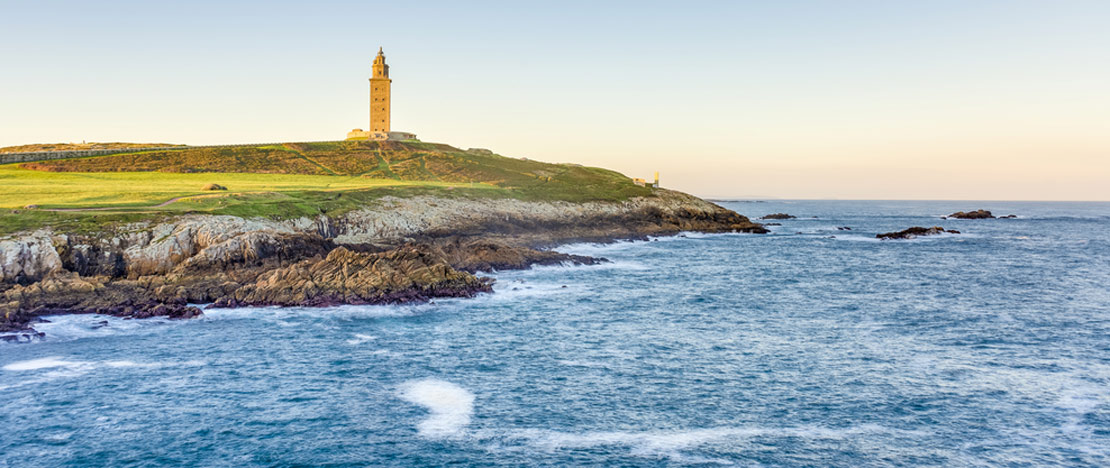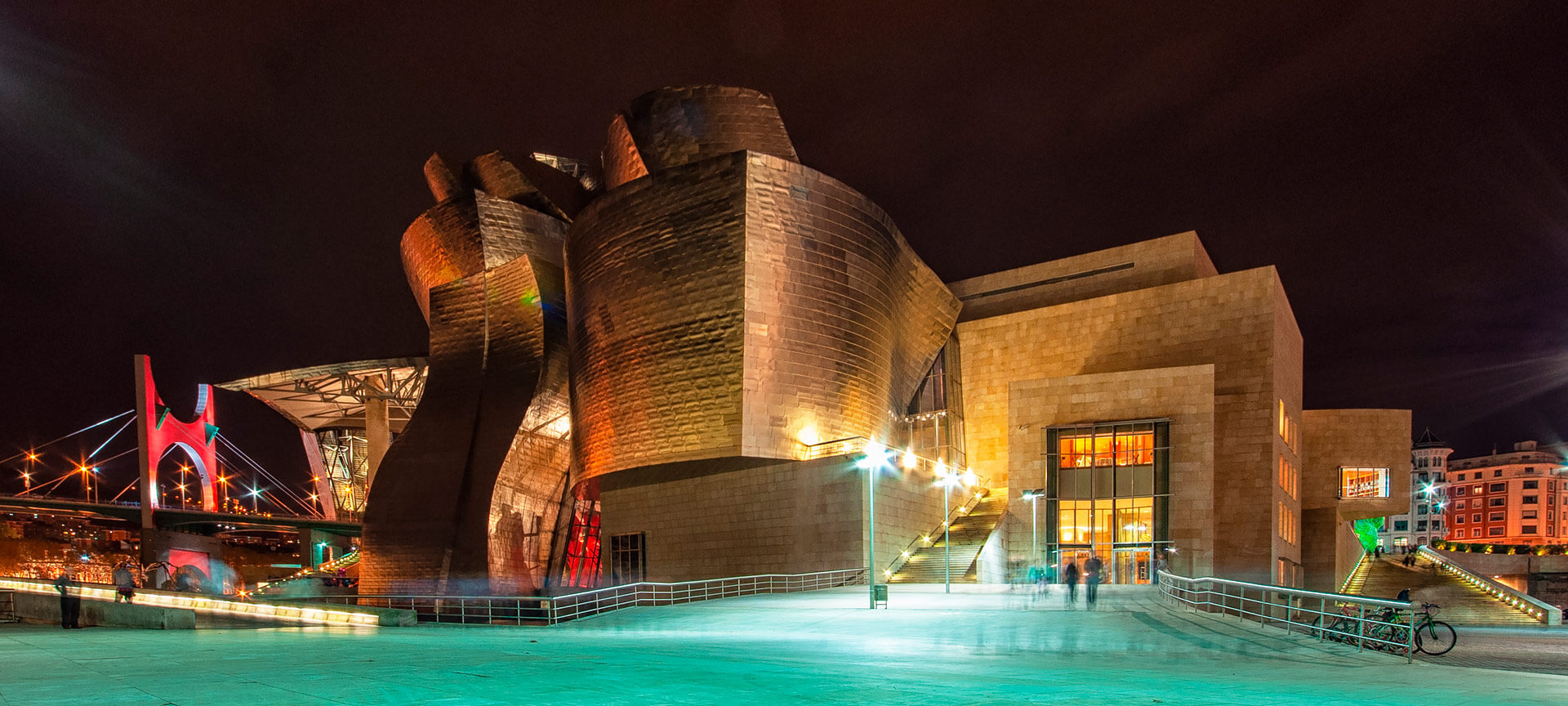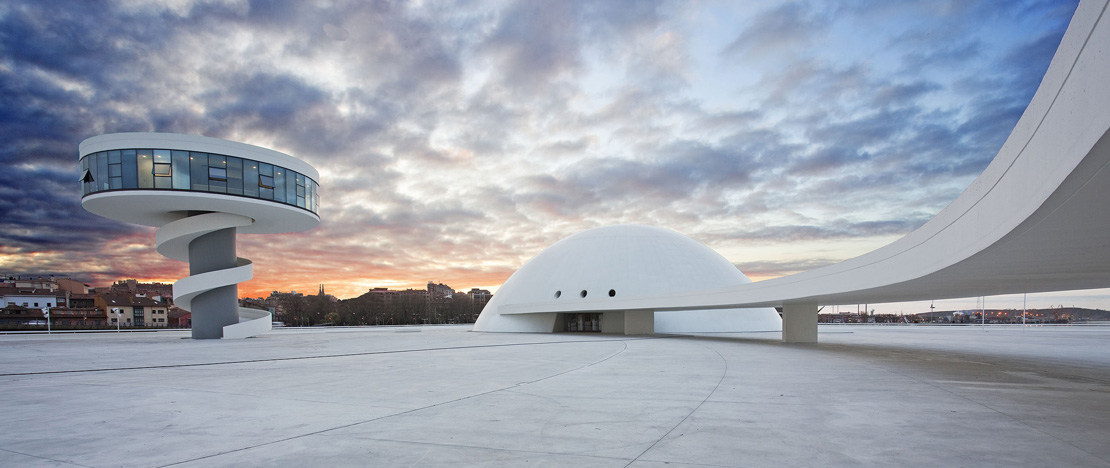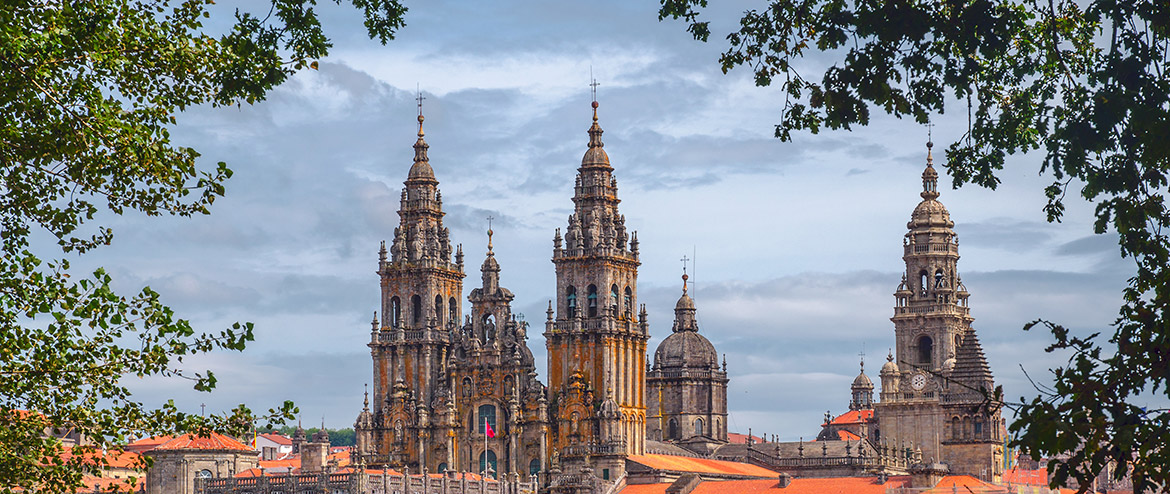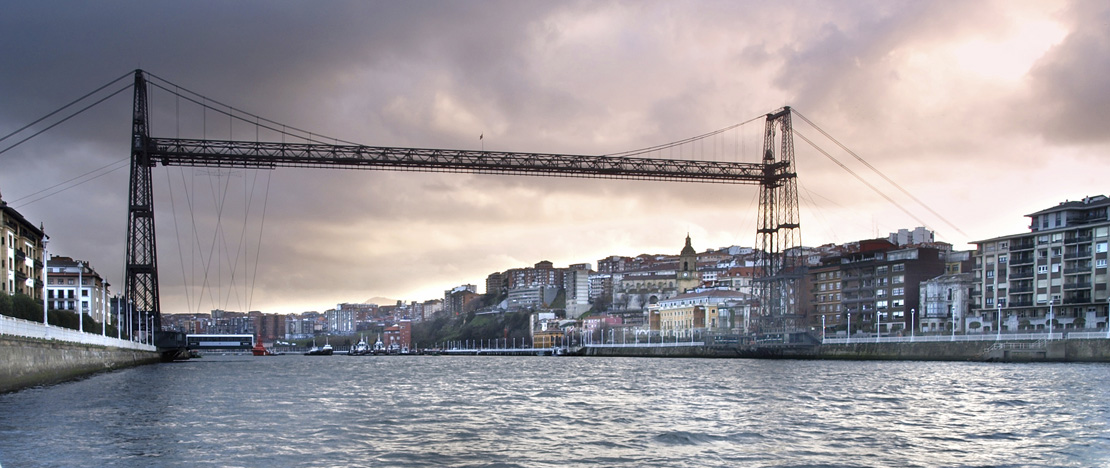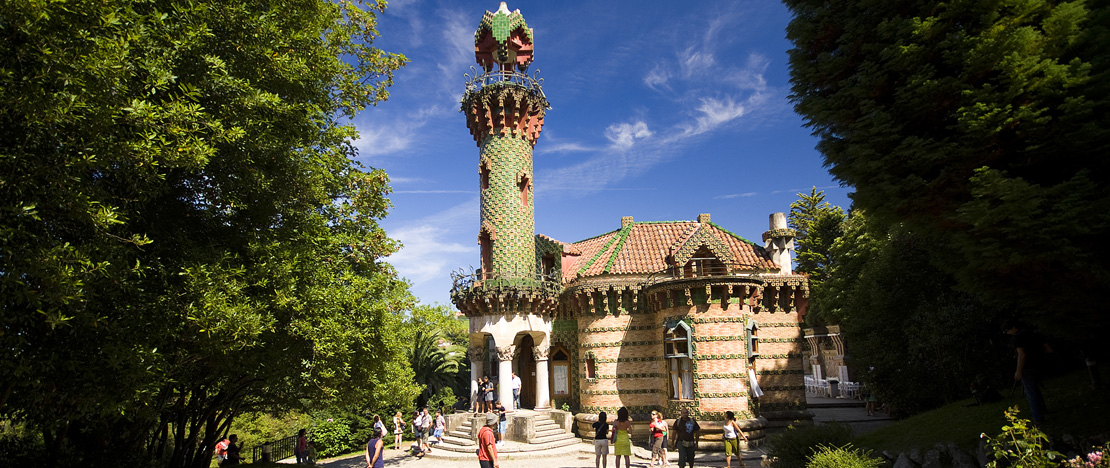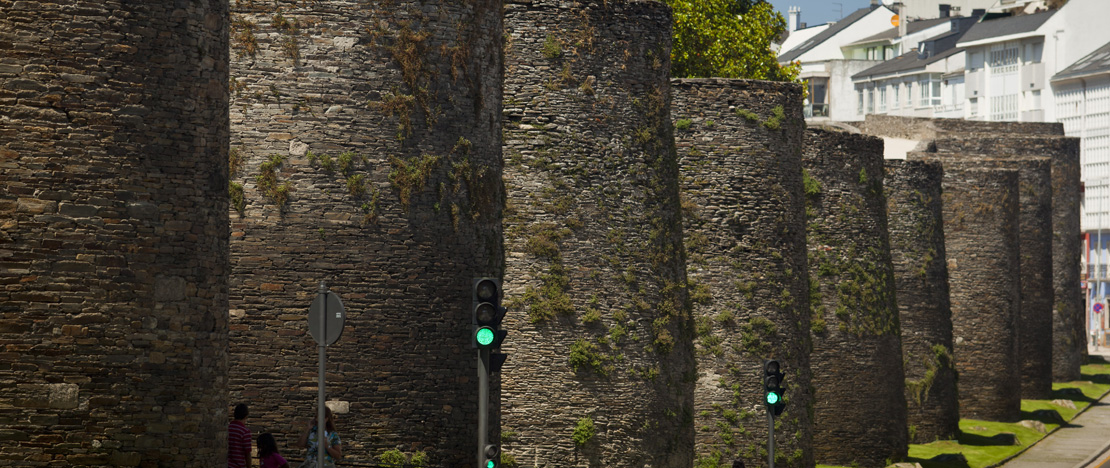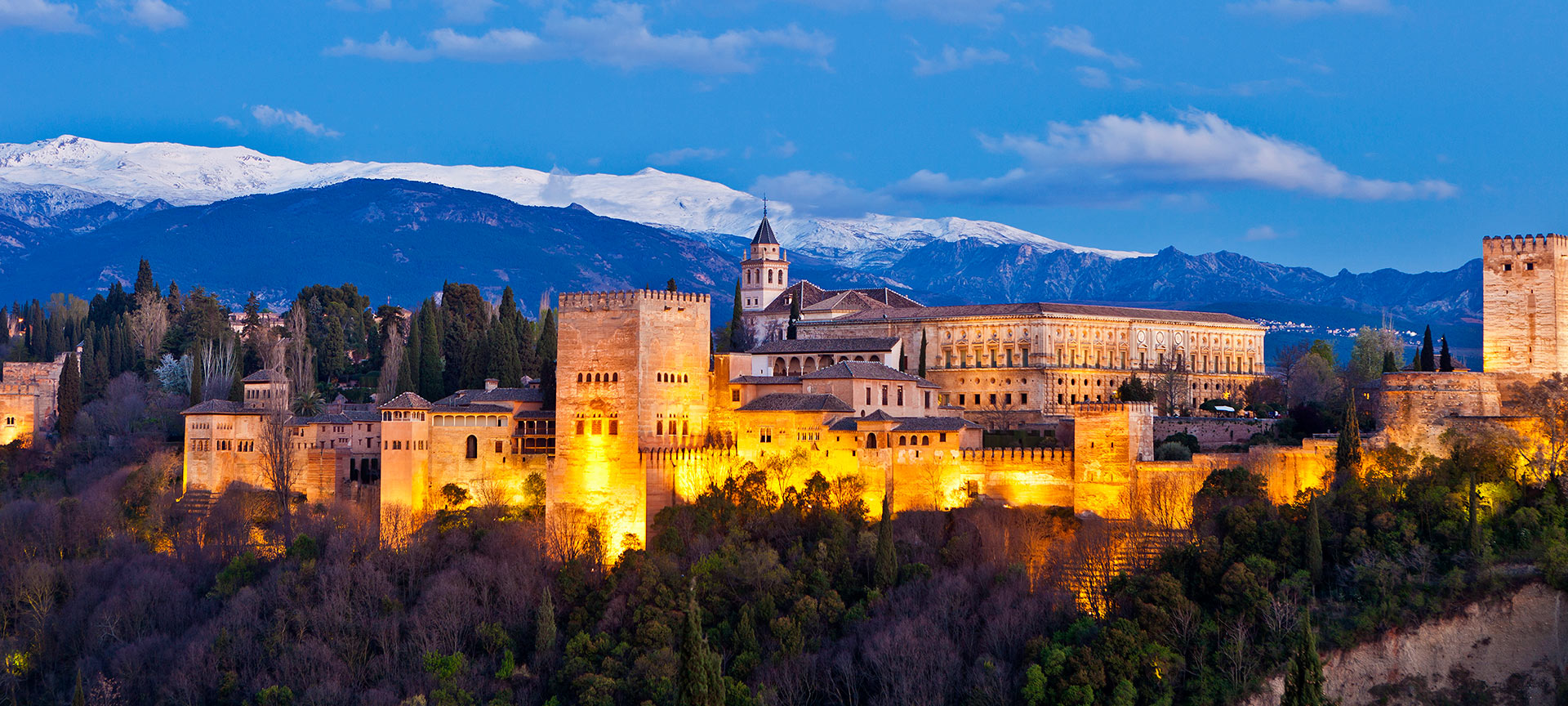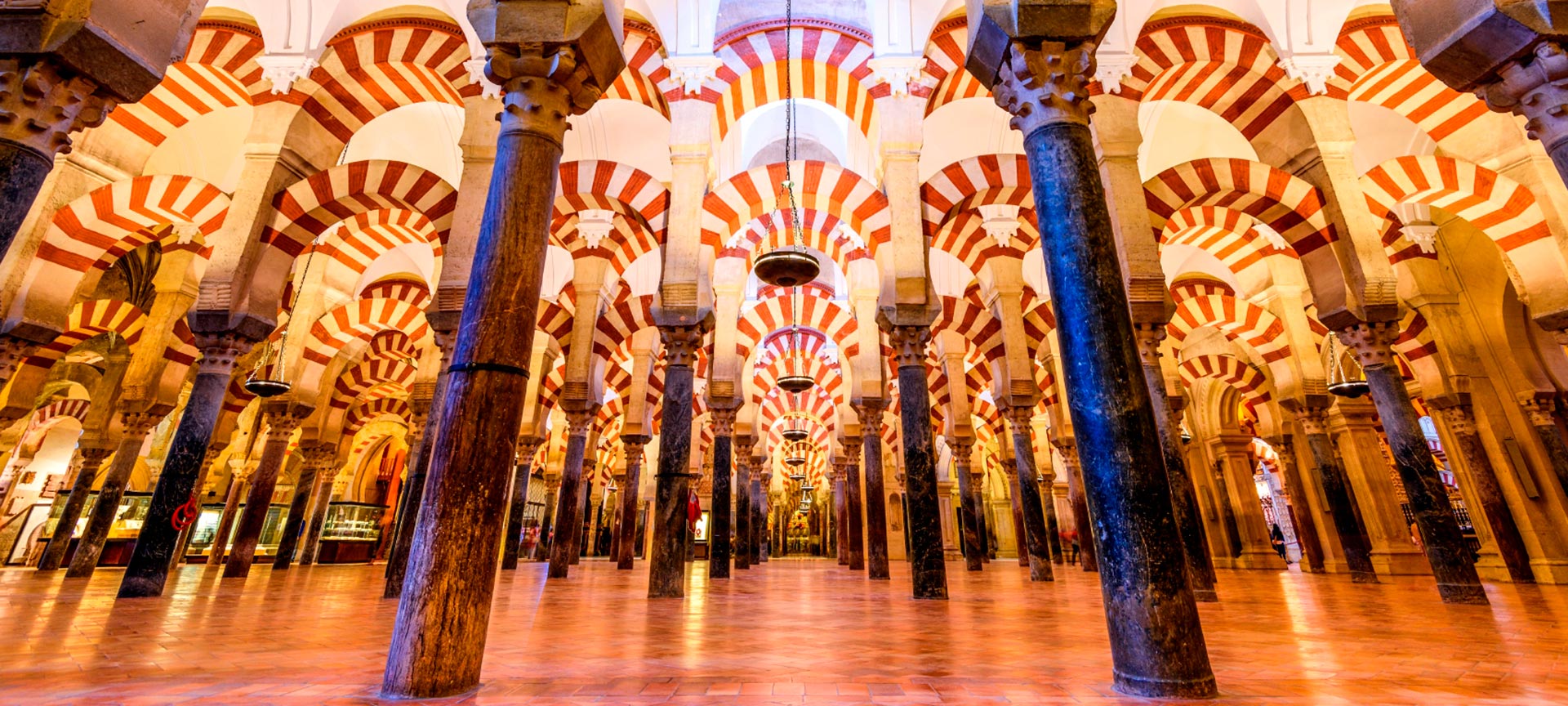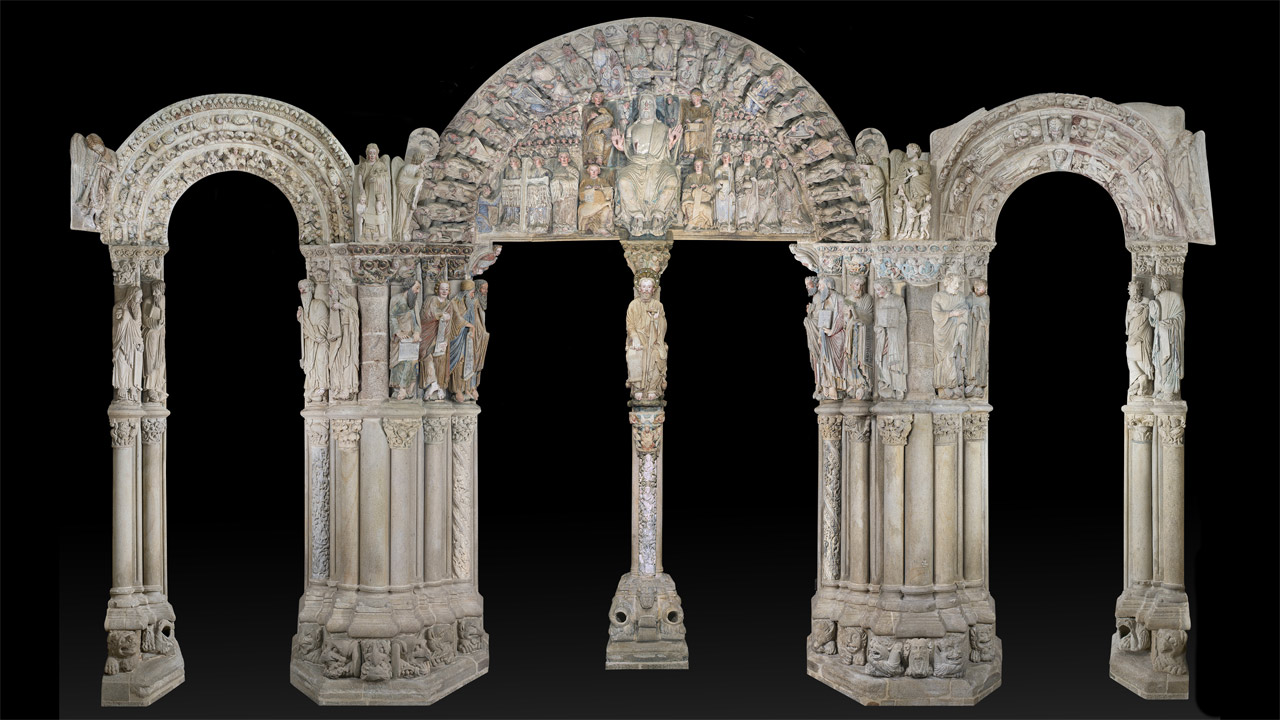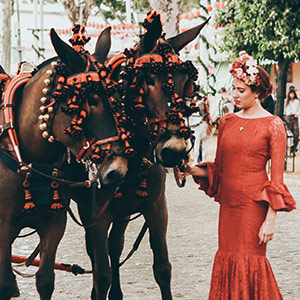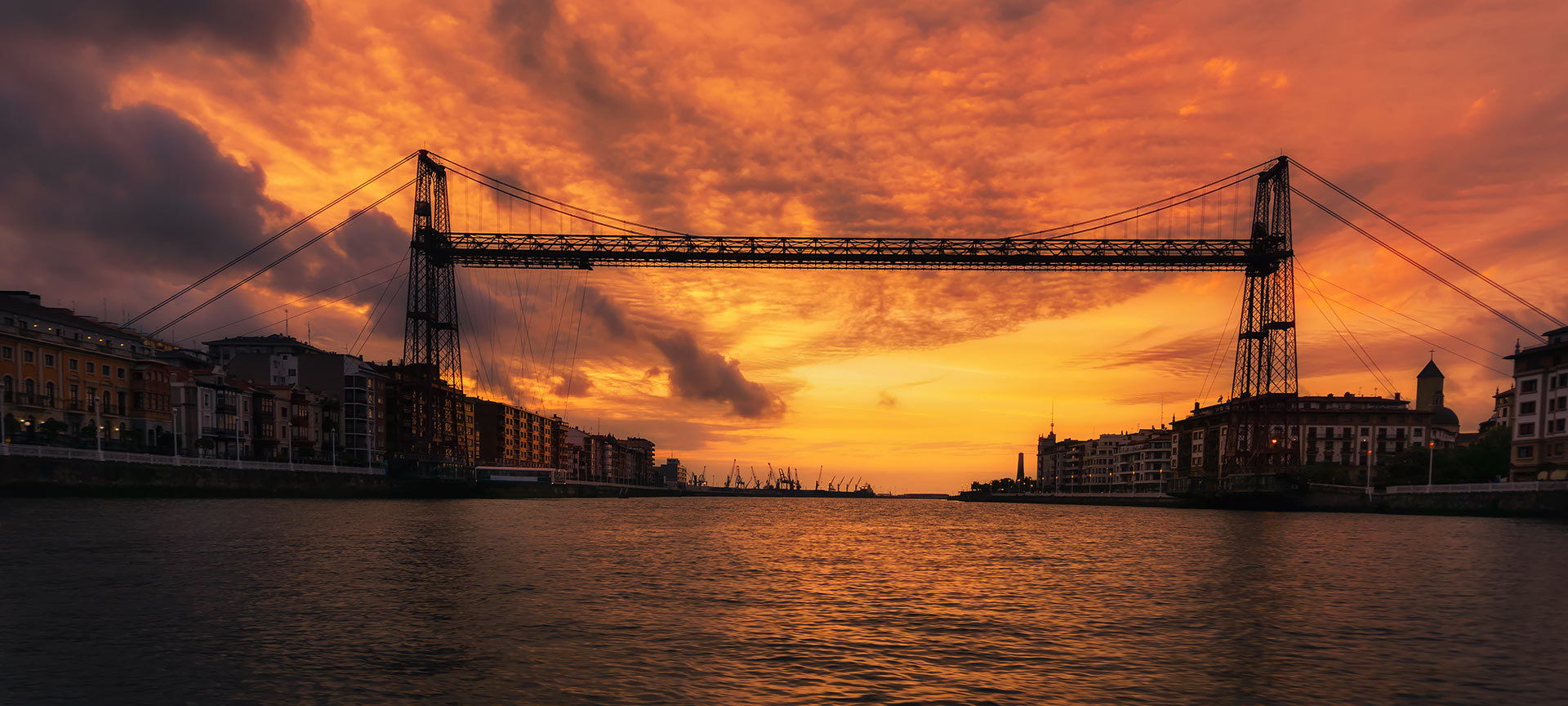
Cultural visits in Green Spain
Did you know that Green Spain, in the north, has seven UNESCO World Heritage sites? Why don't you come and discover them? And while you're here, you can visit the Guggenheim Museum in Bilbao, for example, or an important building designed by Gaudí.
Debe activar Javascript para poder utilizar este servicio
-

Travel back thousands of years
Visit some of the 18 prehistoric caves on the Cantabrian coast making up a World Heritage Site, admire the cave paintings in Altamira or El Castillo Cave, and be captivated by the presence of human figures in drawings that are over 35,000 years old.
-
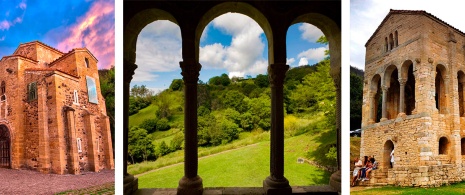
Pre-Romanesque art that shouldn't be missed
Asturias is a great place to see the best of pre-Romanesque art: austere but beautiful and harmonious constructions that contrast with the green landscape around them. Santa María del Naranco, Santa Cristina de Lena and San Miguel de Lillo are good examples. They have been designated a World Heritage Site by UNESCO.
-
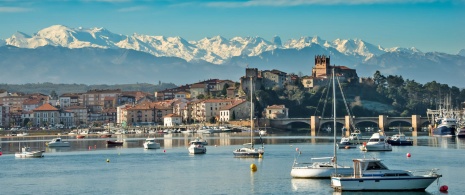
The Way of Saint James experience
If you want to follow the Way of Saint James, remember that the northern route goes through Green Spain. Most of this section runs along the coast, so you can enjoy the beautiful scenery while you experience what it's like to be a pilgrim. What's more, the Way of Saint James has been awarded the World Heritage designation.
-
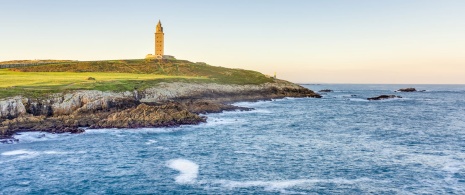
A legendary lighthouse
Legend has it that the Torre de Hercules tower in A Coruña was built on the land where the hero buried the head of Geryon (a giant monster in Greek mythology). In reality it dates back to Roman times and it is one of the oldest lighthouses still in operation in the world. Climb up its 242 steps and enjoy the amazing views from this monument that has been designated a World Heritage Site.
-
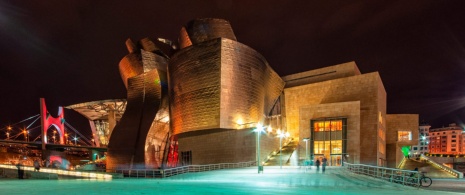
Guggenheim, art and innovation
The Guggenheim Museum is in itself a work of art. It's a beautiful sight from the outside, with its titanium panels gleaming in the sun next to the Bilbao estuary. But we also recommend a visit inside, where you can see works by some of the most famous contemporary artists.
-
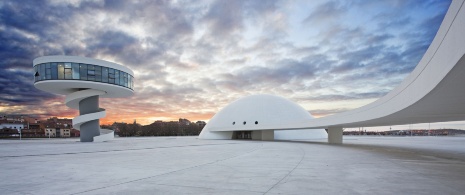
Niemeyer's modern architecture
The first work by the architect Oscar Niemeyer in Spain is in the town of Avilés, in Asturias. It is a cultural centre with different architectural spaces notable for their design and functionality. Enjoy some of the activities and then go up to the viewing tower, from which you can see the whole town.
-
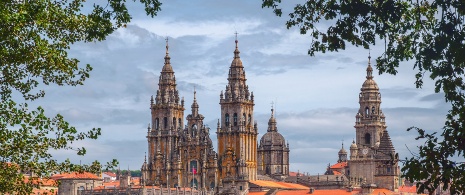
The final destination on the Way of Saint James
To finish the Way of Saint James, you have to cross the Pórtico de la Gloria doorway in Santiago Cathedral. The monument is an important Romanesque building and combines other architectural styles such as Baroque, Plateresque and Neoclassical. If you get a chance, see the giant incense censer in action - the botafumeiro (usually on certain religious feast days, but you can also request and pay for a demonstration at the Pilgrims Office). It's simply spectacular. The city's old quarter has been designated a World Heritage Site by UNESCO.
-
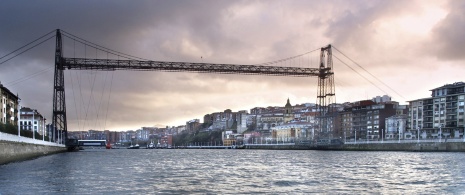
A unique bridge
The world's oldest transporter bridge is in Vizcaya. The bridge was the first to connect both sides of the river without disrupting boat traffic, thanks to a hanging gondola that moves from one side to the other of the Nervión River. Don't miss the chance to discover a UNESCO World Heritage bridge.
-
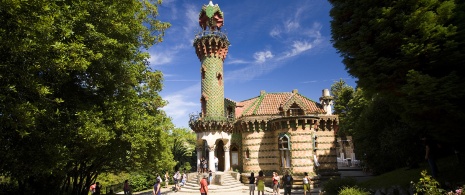
An Art Nouveau jewel
Gaudí's "Capricho" house (Cantabria) is one of the few buildings designed by this architect that can be found outside Catalonia. Music and architecture combine in this building to create a harmonious space where you can appreciate the beauty of the iron decorations and a circular tower with ceramic tiles depicting sunflowers.
-
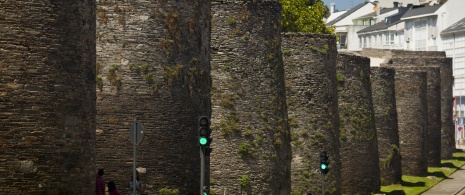
Seventeen centuries are watching you
Lugo's 3rd-century city walls are an exceptional example of Roman military fortifications. They are the only Roman walls to maintain their entire perimeter intact, and the criteria used for their layout are unknown. Fancy looking for an explanation? It has been named a World Heritage Site by UNESCO.
Travel plans for inspiring you

